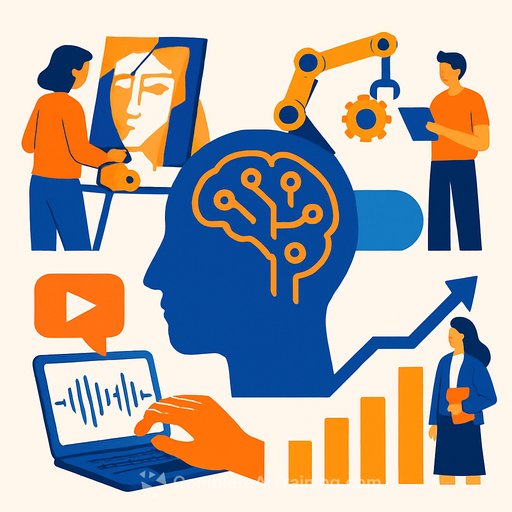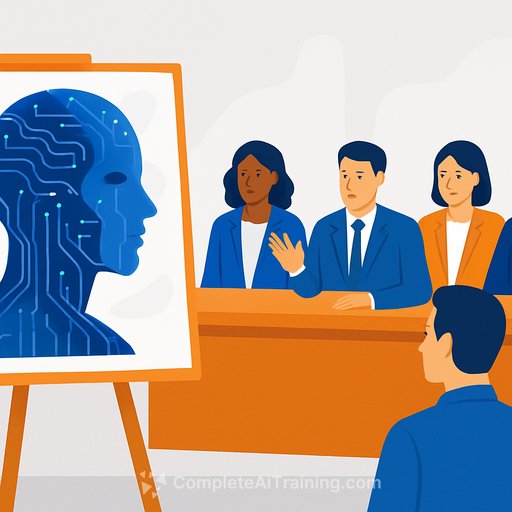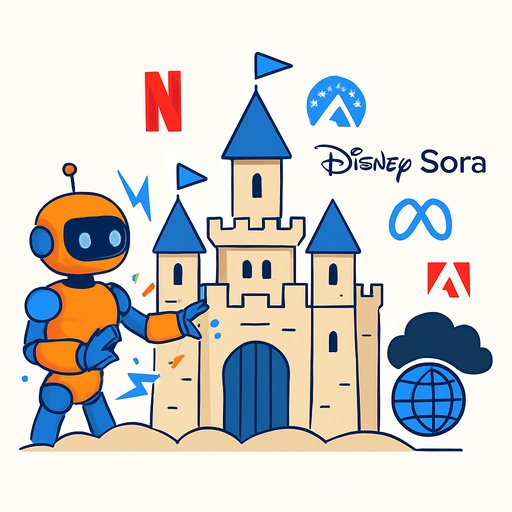Innovation AI: Four New Creative Directions for Artificial Intelligence
Artificial intelligence is transforming how enterprises operate, but its progress follows multiple paths. Understanding the core ideas behind this shift helps creatives see where AI can take us next. A recent panel discussion at an Imagination in Action event shared fresh insights into how neural networks and AI research are pushing boundaries. These ideas highlight new opportunities for companies and creators alike.
Mining the Audio World (And Beyond)
Most AI research has focused on text because words are easier to parse and analyze. Text has been the foundational format for large language models (LLMs). But now, attention is turning to other data types like audio. Joanna Pena-Bickley of Vibes AI points out that sound and voice decoding remain largely untapped.
Her company works with wearable tech to capture voice data, aiming to open new creative possibilities. Using voice as an interface could spark novel, sensory-rich experiences that go beyond traditional text input. This approach also benefits auditory learners and has potential applications in health, such as diagnosing cognitive decline by analyzing personal biological frequencies.
Dynamic Systems for Game Players
Gaming isn’t just about entertainment anymore. The data generated by players can inform AI systems designed to adapt and respond in real time. Konstantina Yaneva from Harvard Innovation Labs describes efforts to combine cognitive science, game design, and AI analytics to enhance player decision-making.
These dynamic systems meet players where they are, encouraging self-awareness and personal growth through gameplay. For creatives, this represents a new way to collaborate with audiences and design interactive experiences that evolve with user input.
Extended Reality in Real Time
Extended reality (XR), which includes augmented and virtual reality, is gaining traction for enterprise use. Artist and technologist Rus Gant explains that creating XR content has traditionally been slow and complex, especially for teaching and research.
AI can accelerate this by generating content nearly in real time, making XR more accessible and responsive. This fusion of AI and XR opens doors for creatives interested in blending technology with the humanities, encouraging experimental approaches to content creation.
Mirroring Nature
Agentic AI, a concept gaining attention, involves designing AI systems that mimic natural processes. Armen Mkrtchyan of Flagship Pioneering highlights how studying nature’s patterns—like those in the human brain or protein structures—can inspire digital innovation.
His team explores generative adversarial systems where AI agents challenge and refine each other’s outputs, much like natural selection creates variability and applies selective pressure. This method aims to produce new biological molecules such as peptides or RNA strands, showcasing AI’s potential to assist scientific discovery.
More broadly, Mkrtchyan envisions a collaboration of intelligences—nature’s, human, and machine—to generate fresh ideas and push innovation forward.
Generational Change and AI
Rus Gant also points out that different generations engage with AI in unique ways. Generation X serves as a bridge to AI, while younger AI-native generations like Gen Z and Gen Alpha have grown up with these technologies integrated into their lives.
These younger groups consume and process information differently, often multitasking and absorbing input across various channels. Creatives working with AI should consider these differences when designing products or experiences. The challenge lies in avoiding one-size-fits-all solutions and instead embracing diverse user needs.
Gant notes that these younger generations often question why AI tools aren’t more intuitive or better integrated, encouraging creators to think beyond conventional AI roles and explore new modes of problem-solving.
These ideas from the recent event offer a glimpse into what’s possible now with AI. For creatives looking to expand their skills, exploring AI courses and resources can provide practical knowledge to engage with these emerging directions effectively. Explore more about AI training options here.
Your membership also unlocks:






